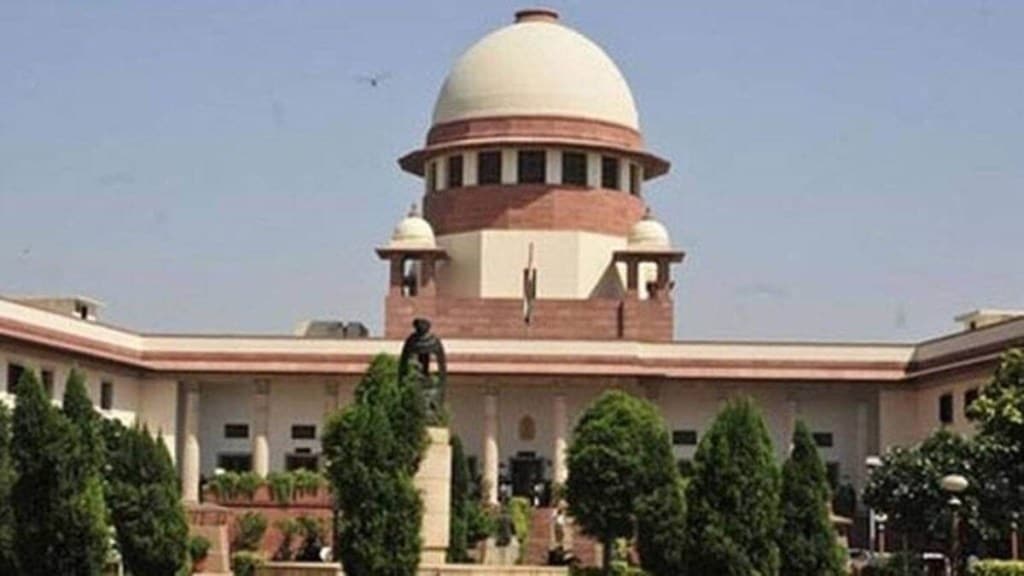The Supreme Court on Tuesday granted Centre time till October 31 to file its response to a batch of pleas challenging certain provisions of the Places of Worship (Special Provisions) Act, 1991, that prohibits filing of a lawsuit to reclaim a place of worship or seek a change in its character from what prevailed on August 15, 1947.
A bench comprising Chief Justice of India DY Chandrachud and Justices PS Narasimha and Manoj Mishra took note of the submissions made by Solicitor General Tushar Mehta, who appeared for the Centre. Mehta said that a comprehensive reply in this regard will be filed.
The apex court then gave the union government time till October 31 to file its reply to the petitions.
“The Solicitor General states that a common affidavit in reply is under preparation in response to the entire batch of cases. However, having regard to the ramifications of the case, it is being submitted that sufficient time may be granted to the Union of India to file response. The counter affidavit shall be filed by October 31, 2023,” the bench noted, as quoted by The Indian Express.
Former Rajya Sabha MP Subramanian Swamy, who is one of the petitioners in the case urged the top court for a final hearing. To this, the CJI replied saying “Let them come with the counter. Then we can proceed with the matter.”
Meanwhile, advocate Vrinda Grover, who appeared for the Muslim parties, said that although the act is in force, litigations challenging the religious character of various places of worship are going on in different courts, adding that an application seeking a stay on the proceedings has been filed.
However, the bench said that there is no stay on the Act, noting that, “Mere pendency of proceedings doesn’t mean there is a stay.”
Earlier, in January, the top court had asked the central government to file its reply to the PILs against some provisions of the Places of Worship (Special Provisions) Act, 1991, and had given it time till end of February to submit its response.
The 1991 law prohibits conversion of any place of worship and to provide for the maintenance of the religious character of any place of worship as it existed on August 15, 1947, and for matters connected therewith or incidental thereto. Only one exception was made in the case, which is the Ayodhya-Ram Janmabhoomi case.

